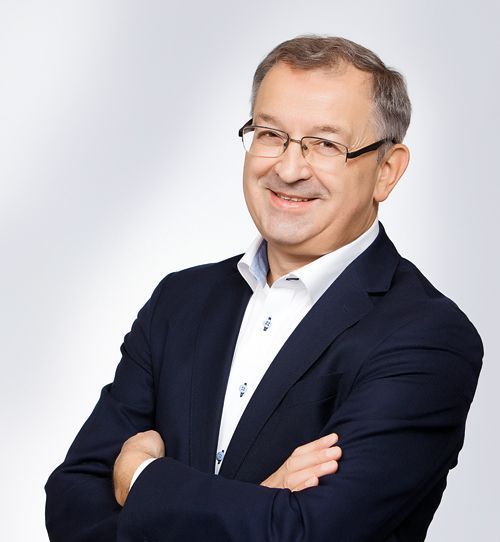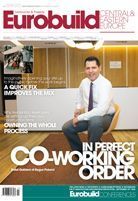Tomasz Cudowski, ‘Eurobuild CEE’: Where did the decision to discard from the name Philips Lighting come from? It’s a bit like if Mercedes had decided that when it came to female names, ‘Christine’ actually suited their car better...
Bogdan Rogala, general manager, Signify Eastern Europe: Let’s start with an official reason. The name change was part of a process that began a few years ago when the decision was made to spin off Philips Lighting from Philips Royal as an independent company. We had been preparing for the name change for a few years. Before that, we listed on the stock exchange as an independent company under the name of Philips Lighting. We committed ourselves to changing our name within 18 months of Philips relinquishing its controlling stake in Philips Lighting. It was this commitment that gave birth to Signify. It’s worth pointing out that Philips Royal still has the largest stake in the structure – about 18 pct &ndash































































